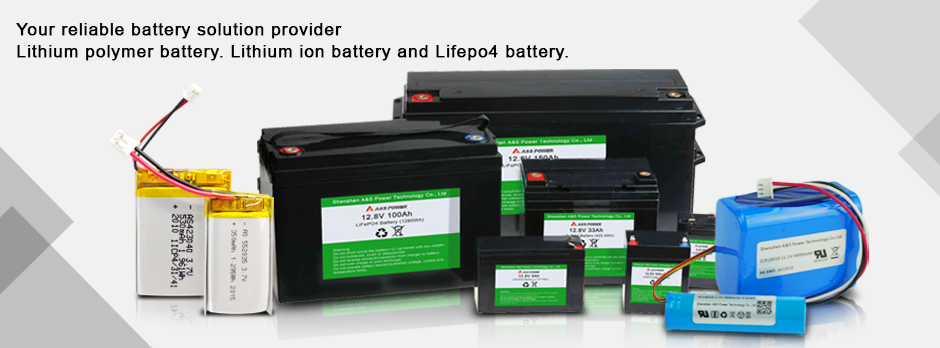Demand Power gets $71 million for battery storage, solar and energy services
2021-07-02
Humans are going to continue to need cheap renewable power and energy storage, regardless of the species taking some sick-time off.
Demand Power, a behind-the-meter energy storage and services company, just closed a $71 million raise of equity and development/project finance from Star America and other investors.
The Toronto, Ontario firm uses batteries, solar and natural-gas fired generators to improve power reliability while reducing energy costs in manufacturing and industrial operations.
Star America, the lead investor, manages capital from U.S. pensions, insurance firms, asset managers and construction firms. Demand Power’s services “will lower energy costs, improve grid resiliency, and reduce energy consumption from the highest emission sources during peak use periods,” according to Christophe Petit, president of Star America.
Demand Energy, not to be confused with Demand Power, had a similar name and business plan — software and storage for real time behind-the-meter energy management — and was acquired by Enel in 2017. Greensmith, a software and energy storage integrator in the same vein was acquired by Wärtsilä in 2017. Stem, reportedly up for sale, is a behind-the-meter energy storage startup that has raised hundreds of millions.
Financial breakthroughs, not battery breakthroughs
It’s not the next lithium-ion battery breakthrough that’s going to accelerate the energy storage industry. It’s not the next promise from a flow battery startup, compressed-air scheme, solid-state battery research project or energy storage dream funded by Bill Gates.
It’s transactions like esVolta, a developer of utility-scale battery energy storage projects, which recently closed a $140 million senior secured credit facility to finance a 136 MW/480 MWh portfolio of eight storage projects in California.
It’s energy storage projects as investment-grade finance tools for institutional investors that will grow the energy storage market to $546 billion in annual revenue by 2035, as predicted by Lux Research, or grow the business tenfold from 2018 to 2023, rising to $5 billion annually, according to Wood Mackenzie.
Supply chains less exposed to global cataclysm
The current pandemic might drive the United States into making its battery (and solar module) supply chains less exposed to global cataclysm.
As reported in FT, the outbreak of coronavirus “will accelerate efforts by western carmakers to localize supplies of lithium,” and notes, “China produced about 79% of the lithium hydroxide used in electric car batteries last year, according to consultancy CRU, a supply chain that has been disrupted by the virus outbreak.”
Oakland, California-based Lilac Solutions, a lithium extraction and mining startup looking to change lithium production, recently raised $20 million in series A funding led by Breakthrough Energy Ventures. Lithium now accounts for about 10 percent of the cost of making a battery cell, according to David Snydacker, CEO of Lilac, while pricing for lithium has doubled from $5,000 per ton to $10,000 per ton.
Global battery-making capacity is set to double by 2021 to more than 278 gigawatt-hours per year, according to BloombergNEF. Global demand for lithium is expected to quadrupleby 2025.
BNEF expects 50,000 residential battery systems to be installed in California his year — up from the 19,000 California homes that had batteries in 2019.
It’s institutional investing that’s going to drive the massive growth expected from the energy storage industry. Randolph Mann, president of esVolta, said, “Institutional investors are waking up and ready to invest in storage.”












